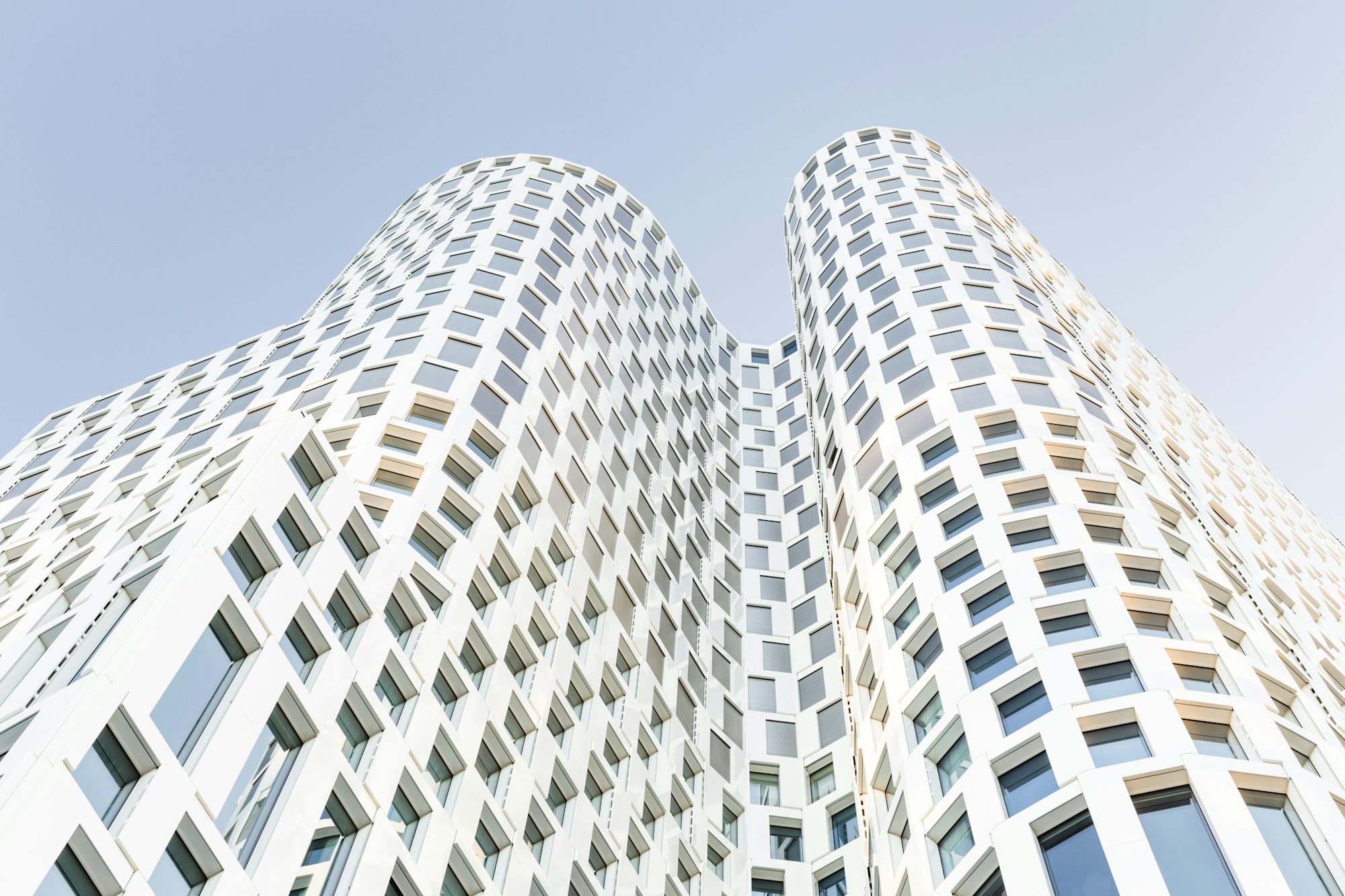
The Architectural Wonders of Iconic Skyscrapers
This article explores iconic skyscrapers around the world, chelsea groton highlighting their architectural significance, unique features, and cultural impact on urban landscapes.One of the most recognizable skyscrapers in the world is the Burj Khalifa in Dubai, UAE. Standing at an astonishing 828 meters, it is currently the tallest building on the planet. Designed by architect Adrian Smith, the Burj Khalifa features a unique triple-lobed footprint inspired by the Hymenocallis flower, which not only enhances its aesthetic appeal but also contributes to its stability. The building’s sleek glass facade reflects the desert sun, while its observation decks provide breathtaking views of the sprawling city below. The Burj Khalifa has become a symbol of Dubai's rapid development and ambition, attracting millions of tourists each year and serving as a backdrop for numerous events, including the world-renowned New Year's Eve fireworks display.
Another architectural marvel is the Shanghai Tower in China, which holds the title of the tallest building in the country. Completed in 2015, the tower reaches a height of 632 meters and features a twisting design that reduces wind load, making it more energy-efficient. The Shanghai Tower houses office spaces, hotels, and cultural venues, and its innovative double-skin facade allows for natural ventilation, contributing to its sustainability. This skyscraper exemplifies China's rapid economic growth and modernization while serving as a hub for business and culture in one of the world's most dynamic cities.
Moving to the United States, the Empire State Building in New York City is perhaps the most iconic skyscraper in American history. Completed in 1931, this Art Deco masterpiece stands at 381 meters (or 443 meters including its antenna) and was the tallest building in the world for nearly 40 years. Its design, characterized by a stepped silhouette and ornate detailing, reflects the optimism and ambition of the early 20th century. The Empire State Building has been featured in countless films and is a symbol of New York City itself, drawing millions of visitors to its observation decks every year. Its legacy is not only architectural but also cultural, representing the resilience and spirit of a city that has continually evolved.
The Petronas Towers in Kuala Lumpur, Malaysia, are another example of iconic skyscraper design. Completed in 1998, these twin towers reach a height of 452 meters and were the tallest buildings in the world until 2004. Designed by architect César Pelli, the Petronas Towers are known for their unique Islamic-inspired architecture, which reflects Malaysia's cultural heritage. The towers are connected by a skybridge, offering stunning views of the city and symbolizing the connection between tradition and modernity. The Petronas Towers have become a national landmark and a focal point for tourism, showcasing Malaysia's ambition on the global stage.
In the realm of sustainable architecture, the Bosco Verticale in Milan, Italy, stands out as a pioneering example. Completed in 2014, this residential complex consists of two towers covered with thousands of trees and plants, creating a vertical forest that improves air quality and reduces urban heat. Designed by Stefano Boeri, the Bosco Verticale embodies the principles of green architecture, demonstrating how skyscrapers can integrate nature into urban environments. This innovative approach not only enhances the aesthetic appeal of the buildings but also promotes biodiversity, making it a model for future urban developments worldwide.
The Willis Tower, formerly known as the Sears Tower, is another notable skyscraper located in Chicago, Illinois. Completed in 1973, it was the tallest building in the world for 25 years and remains an iconic part of the Chicago skyline. The tower's distinctive black glass and steel facade, along with its modular design, have made it a symbol of modern architecture. The Skydeck, located on the 103rd floor, offers visitors a thrilling experience with its glass ledge that extends outward, providing a unique view of the city below. The Willis Tower reflects Chicago's architectural heritage while serving as a hub for business and tourism.
Across the globe, the Tokyo Skytree stands as a remarkable example of modern engineering and design. Completed in 2012, it is the tallest structure in Japan, reaching a height of 634 meters. The Tokyo Skytree serves as a broadcasting tower as well as a tourist attraction, featuring observation decks that offer panoramic views of the city and Mount Fuji in the distance. Its design draws inspiration from traditional Japanese pagodas, with a contemporary twist that reflects the country's rich cultural heritage. The Tokyo Skytree not only enhances the Tokyo skyline but also represents Japan's technological prowess and resilience in the face of natural disasters.
As we look to the future, the trend of building skyscrapers is likely to continue, with architects and engineers pushing the boundaries of design and sustainability. Innovations in materials, construction techniques, and energy efficiency will pave the way for even taller and more eco-friendly structures. The rise of smart skyscrapers, equipped with advanced technology for energy management and user experience, will further transform urban living. As cities continue to grow and evolve, iconic skyscrapers will play a crucial role in shaping our urban environments and reflecting the values and aspirations of society.
In conclusion, iconic skyscrapers are more than just tall buildings; they are symbols of human creativity, cultural identity, and economic ambition. From the Burj Khalifa in Dubai to the Bosco Verticale in Milan, each skyscraper tells a unique story, reflecting the time and place in which it was built. As we embrace sustainable practices and innovative designs, the future of skyscrapers will continue to inspire and shape the cities of tomorrow, standing as testaments to our enduring quest for progress and beauty.